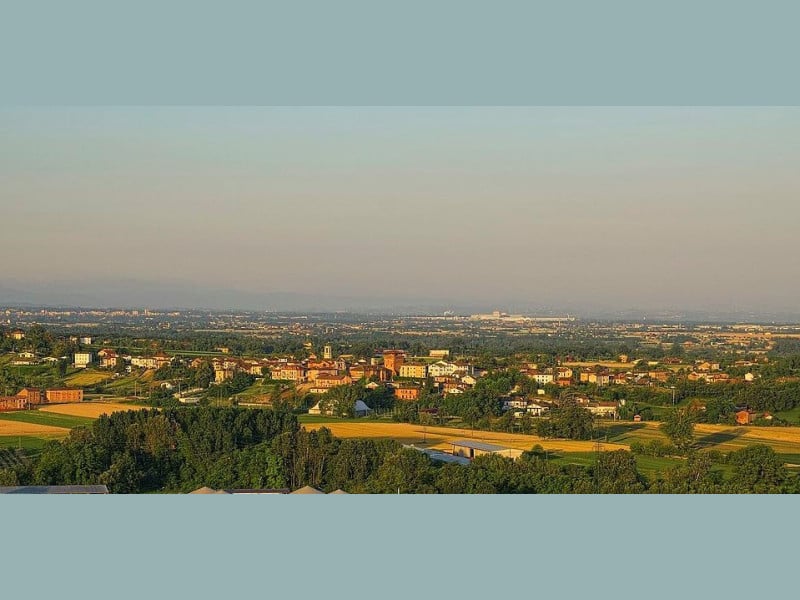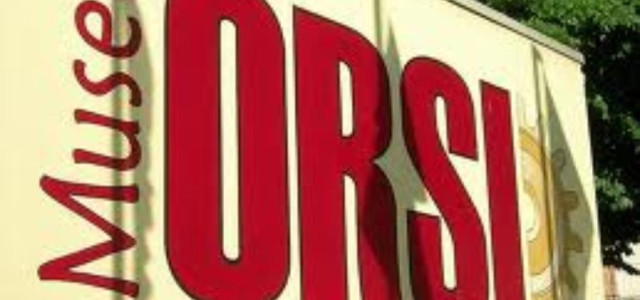Tortona
Tortona is a comune of Piemonte, in the Province of Alessandria, Italy. Tortona is sited on the right bank of the Scrivia between the plain of Marengo and the foothills of the Ligurian Apennines. History Known in ancient times as Derthona, the city was probably the oldest colony under Roman rule in the westernmost section of the Valley of the Po, on the road leading from Genua (Genoa) to Placentia (Piacenza). The city was founded c. 123–118 BC at the junction of the great roads; the Via Postumia and the Via Aemilia Scauri which merged to become the Via Julia Augusta. The site made Dertona an important military station under the Romans. A bishopric was founded at Tortona early, but its first bishops are purely legendary, like Saint Marcianus of Tortona, called the first bishop of Piedmont and a disciple of Barnabas, the companion of Paul. Until the 9th century, the city was under the rule of its bishop; in 1090 it became a free commune with the name of Terdona. In 1133 the diocese was separated from the archbishopric of Milan to the new archdiocese of Genoa (CE "Lombardy"). In 1155 Frederick Barbarossa leveled Tortona to the ground, leaving not one stone upon another. During the Middle Ages, Tortona was a faithful ally of the Guelphs and was destroyed several times. From 1260 to 1347 the city was dominated by a series of different Italian noble families and adventurers like Facino Cane, who in the unsettled affairs of Lombardy had assembled a string of lordships and great wealth which he bequeathed to his wife, Beatrice, and arranged with his friends that a marriage should be effected between her and Filippo Maria Visconti. According to Machiavelli "By this union Filippo became powerful, and reacquired Milan and the whole of Lombardy. By way of being grateful for these numerous favors, as princes commonly are, he accused Beatrice of adultery and caused her to be put to death". In this way, in 1347, Tortona was decisively incorporated into the territories of the Duchy of Milan, under which remained until 1735. Then following the vicissitudes of the War of the Polish Succession, the city was occupied by the King of Sardinia, and "count of Tortona" was added to the titles of the House of Savoy. Main sights Roman remains, traditionally identified as the Mausoleum of the Roman Emperor Maiorianus Palazzo Guidobono (15th century), rebuilt in 1939 with a Gothic façade. It has traces of Renaissance frescoes. The cathedral (mid-16th century). The façade is a neoclassicist addition of the 19th century. The interior has works by Camillo Procaccini, Aurelio Luini and others. It houses also the relics of St. Martianus, patron of Tortona, and the tombs of many important religious figures, including Don Lorenzo Perosi and his brother Cardinal Carlo Perosi. The Bishops' Palace (1584), with a noteworthy Renaissance portal. It has a triptych of Madonna with Child and Saints by Macrino d'Alba (1499). Abbey of Santa Maria di Rivalta, in the frazione of Rivalta Scrivia. It is a Romanesque structure founded before 1151. It houses several 15th-century frescoes. People People born in Tortona, or with close links to the town, include: Saint Marcian of Tortona (died perhaps around 120 CE) is traditionally said to have been the first bishop of Tortona. Saint Innocent of Tortona (died ca. 350), who survived the persecutions and was sent as bishop to Tortona by Pope Sylvester. Bishop Gezo of Tortona in the 10th century wrote a Treatise on the Body and Blood of the Lord one of the few important theological works of the century in Italy [2]. Marziano da Tortona, secretary to duke Filippo Maria Visconti of Milan is one of the people credited with inventing the card game of Tarocchi [3]. Saint Luigi Orione (1872–1940) founded the Sanctuary of the Madonna della Guardia in Tortona. Lorenzo Perosi (1872–1956), an associate of Orione, was a composer of church music and “Perpetual Director” of the Sistine Choir. Marziano Perosi (1875–1959), composer, organist, choir director (brother of the above) Fausto Coppi (1919–1960), Italian racing cyclist. Giuseppe Campora (1923–2004), operatic tenor. Enrico Bellone, (Tortona, 1938), physicist and writer. Ivo Milazzo (born 1947), Italian comic book artist. Luisa Ottolini (born 1954), Italian physicist. Majorian (420–461), Western Roman Emperor from 457 until his death, is said to have died here. Judith, daughter of Welf (805–843), Holy Roman Empress and Queen of the Franks, was exiled to Tortona during 833 and 834. Twin towns Privas, France Weilburg, Germany (until 2008) Zevenaar, The Netherlands Jiangyin, People's Republic of China See also Diocese of Tortona References ^ Population data from Istat ^ Norwich, John Julius. Byzantium: The Decline and Fall (New York: Alfred A. Knopf, 1996) p. 108 ^ History of Florence, ch. 7 ^ [1] Sources The Princeton Encyclopedia of Classical Sites (eds. Richard Stillwell, William L. MacDonald, Marian Holland McAllister) Dictionary of Greek and Roman Geography (1854) (ed. William Smith, LLD) This article incorporates text from a publication now in the public domain: Herbermann, Charles, ed. (1913). Catholic Encyclopedia. Robert Appleton Company.


